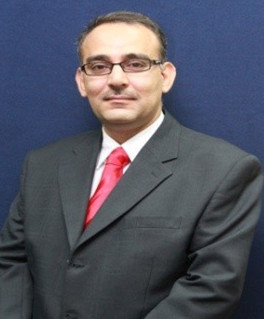Abstract—This paper presents the technical and economic analysis of PV battery charging stations in Kampot, Cambodia's situation. The solar radiation reflected by the air molecules, clouds and ground was obtained from the satellite data. The absorption of solar radiation due to water vapor was calculated from precipitable water derived from ambient relative humidity and temperature from Cambodian meteorological stations. The annual solar radiation from January to reach a peak in the summer months of March and April each year and the yearly map showed the features of a high solar radiation pattern in the southeast of Cambodia. The average value is 5.10kWh/m2/day can be observed in the southeast of the country. With the highest values of solar radiation, solar PV battery charging stations (PVBCS) will be installed in each village, which are not electrified by national grid or mini-grid projects by 2020, and where no battery charging station is currently operating in order to ensure that the Royal Government of Cambodia's political objective of 100% village having electricity supply by 2020 from different sources of energy.
With capacity of 10kW PV battery charging station in Kampot was calculated to evaluate and compare the technical and economic evaluation of c-Si PV modules and diesel battery charging station under the Kampot climate. The present electricity price of rural areas is about 0.22US$/kWh showed that c-Si PV modules present not only high NPV (15,986US$), IRR (0.041%), BCR (1.52) but shorter payback period (8.82 years) than the diesel battery charging station of 0.22US$/kWh with the NPV (7,450US$), IRR (12%), BCR (1.70) and payback period (14.74 years) values. Based on the technical and economic evaluation of c-Si PV battery charging station, in fact, pointed the most suitable technology for people in rural areas in the kingdom of Cambodia.
Index Terms—Techno-economic analysis, PV battery charging.
Chhunn Chhim, Nipon Ketjoy, and Tawat Suriwong are with the School of Renewable Energy Technology (SERT), Naresuan University, Phitsanulok, 65000, Thailand (e-mail: chhunchhim@gmail.com/ chhunchhim@yahoo.com, niponk@nu.ac.th, tawats@nu.ac.th).
[PDF]
Cite:Chhunn Chhim, Nipon Ketjoy, and Tawat Suriwong, "Techno-Economic Analysis of PV Battery Charging Station in Kampot, Cambodia," Journal of Clean Energy Technologies vol. 2, no. 4, pp. 369-373, 2014.


